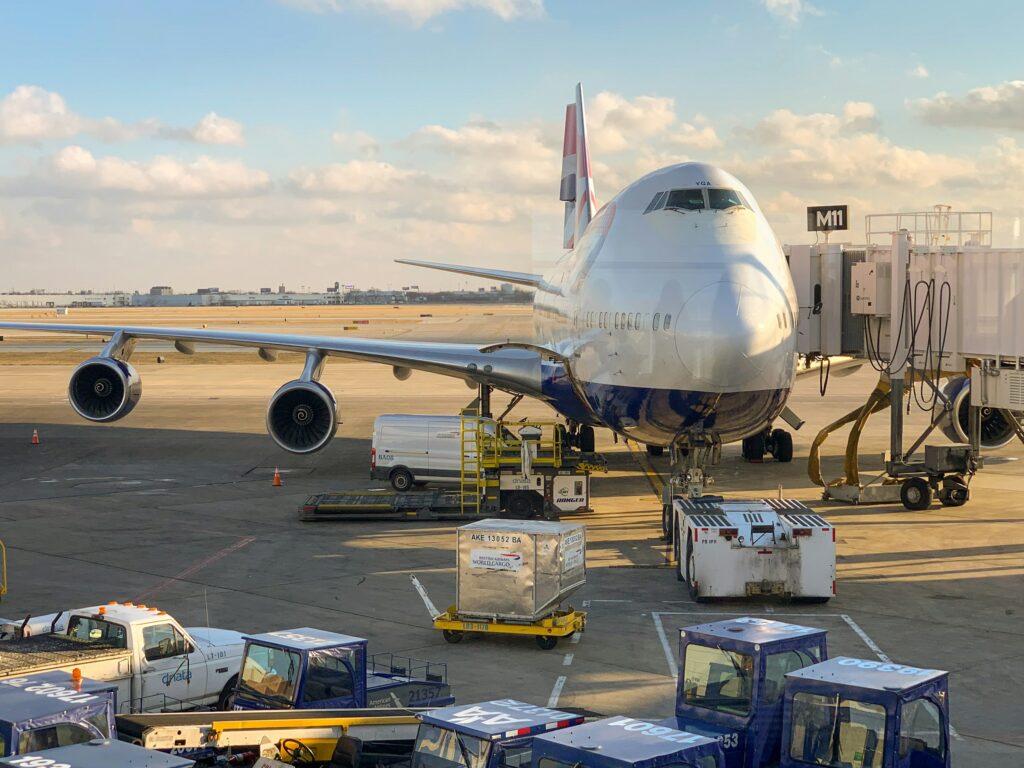In a world where the movement of goods across borders is increasingly vital, air cargo has emerged as the nimble workhorse of supply chain logistics. From the rush delivery of medical supplies to the just-in-time restocking of manufacturing parts, the air cargo industry stands on the precipice of revolutionary change. This blog post takes you through a panoramic view of the air cargo sector, from its historical roots to the defining trends that will shape its future.
Introduction: The Importance of Air Cargo in Today’s Global Economy
The global economy, often described as a complex spider web of trade and commerce, relies on efficient and rapid transportation. While maritime routes still dominate trade logistics, air cargo offers unparalleled speed and accessibility. The International Air Transport Association (IATA) reports that air cargo transports approximately 54 million tons of goods each year. This astonishing figure underscores the indispensable role air freight plays in modern trade.
Section 1: Historical Overview of Air Cargo and Its Evolution
The story of air cargo traces back to the early 20th century when rudimentary cargo planes were used to transport mail. The operation was slow and fraught with danger. Over time, technology advancements and safety measures improved, transforming air cargo into a sophisticated yet rapid channel for global trade. Notable milestones include the first all-cargo flight in 1910, the rise of air cargo as a primary method for transporting fresh flowers in the mid-20th century, and the modernization of air cargo fleets for express packages and perishables in the late 20th century.
Section 2: Current State of Air Cargo: Market Size, Key Players, and Challenges
The modern air cargo industry is a bustling marketplace, with a diverse array of players ranging from global carriers to regional express services. Market fragmentation is a defining feature, with the largest carriers often based in different parts of the world. However, the industry is also facing significant challenges, including the rising cost of fuel, overcapacity in certain markets, and the need for greater operational efficiency.
Section 3: Innovations in Air Cargo Technology and Operations
The air cargo industry is no stranger to innovation, and current advancements are reshaping how goods are flown across the globe. From the development of more fuel-efficient aircraft to the implementation of blockchain for secure document transfers, technology is playing a critical role in streamlining operations. Newer, more precise navigational systems are leading to shorter flight routes, reducing both transit time and fuel consumption. Additionally, automation and robotics are becoming more commonplace in cargo handling and warehouse management, leading to significant time and cost savings.
Section 4: Trends Shaping the Future of Air Cargo
Several key trends are poised to redefine the future of air cargo. One such trend is the shift towards e-commerce, which is driving an increase in smaller and more frequent shipments. This necessitates a rethinking of logistics strategies to accommodate faster turnarounds and greater end-to-end visibility. Another trend is the ‘greening’ of the industry, with carriers and logistics companies investing in technology and operations to reduce their carbon footprint. The use of sustainable aviation fuels and the development of electric or hybrid cargo aircraft are just a few examples.
Section 5: The Impact of Air Cargo on E-commerce and Global Trade
E-commerce is accelerating at an unprecedented rate, and the air cargo industry is poised to play an even greater role in its supply chain. Consumers worldwide now expect rapid delivery times, a preference that aligns with air cargo’s strengths. The industry’s impact on global trade is equally significant, enabling the movement of high-value and time-sensitive goods that fuels economic growth.

Conclusion: The Role of Air Cargo in Shaping the Future of Global Trade
As we peer into the future, it is clear that air cargo’s role in shaping the global economy will only grow. The industry’s ability to innovate and respond to changing demands positions it as a linchpin in the supply chain revolution. Logistics professionals and business owners must stay abreast of these changes to remain competitive. The future of air cargo is bright, and those who leverage its potential stand to gain the most in the dynamic trade landscape.
For additional insights into the air cargo sector and a deeper understanding of its potential, experts Dr. Jane Smith, Alex Turner, and Maria Lopez share their experiences and thoughts on this dynamic field. Their combined expertise offers a unique perspective on what’s to come and how businesses can capitalize on these changes to drive growth and success.
As you continue to chart your course through the trade logistics of the future, keep in mind the adaptability and responsiveness that have long been the hallmarks of successful air cargo operations. It’s an exciting time for an industry that is quite literally taking modern commerce to new heights.
